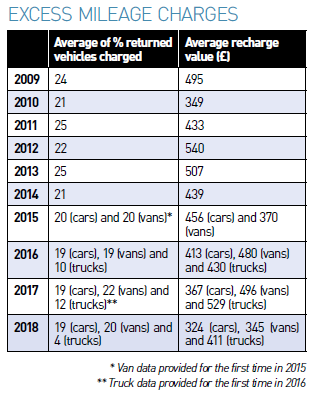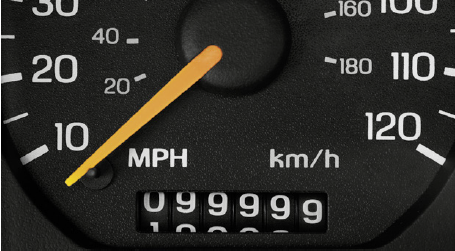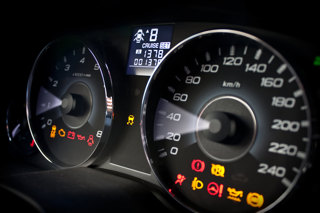The average end-of-contract excess mileage charge for defleeted company cars has dropped to a record low of £324: the second consecutive year it has fallen by more than 11%.
The latest findings of the FN50 research means that the average charges have fallen five out of the past six years, from a high of £540 in 2012.
However, the overall figure masks a wide disparity in the average charges reported by individual leasing companies: these range from a massive £1,200 to just £37. Fewer than one in three (29%) reported charges above the overall average figure.
“In recent years we’ve spent a considerable amount of time reviewing customers’ policies to ensure they remain relevant and reflect the needs of their businesses." Robert Lea, ALD Automotive
The proportion of cars which are subject to excess mileage charges has remained static compared to the previous year at 19%, which is a one percentage point drop on 2016.
This indicates that, as a whole, leasing companies and fleets are getting better at managing end-of-life mileage charges, although there are circumstances within individual companies which may see them buck the downwards trend.
Total Motion, for example, has experienced a slight increase in both the average charge and the proportion of cars subject to them. Simon Hill, managing director, says this was down to a slight change in its customer base over the past few years which has seen it take on more SME and consumer clients.
He adds: “We are now getting the first of those vehicles coming back to us and people, basically, haven’t got their mileages quite right.”
Leasing companies are able to employ a range of measures such as pooled mileage schemes or telematics technology to help fleets manage their mileages.
Robert Lea, strategic account development manager at ALD Automotive, says: “In recent years we’ve spent a considerable amount of time reviewing customers’ policies to ensure they remain relevant and reflect the needs of their businesses. As part of this process we have reviewed historic benchmark profiles and adjusted these to reflect the reality of what is actually being travelled.
“This process has been hugely assisted by the increased uptake of ALD’s Profleet telematics which gives us accurate and reliable data on which to base decisions.
“Additionally, with the current uncertainty in the market due to taxation strategy and WLTP, ALD has been proactively extending contracts to provide breathing space for more informed decisions to be made by customers. As part of this process, reviewing mileages has also taken place – again helping to cut the risk of excess mileage charges.”

The use of telematics is more common in company vans than in cars, and this is a major reason why the average excess mileage charges for light commercial vehicles has dropped more dramatically, falling £151 to £345.
This is the lowest figure since the data began to be collected in 2015 and, as with cars, there is an enormous variance between the highest and lowest penalties, which range from £24 to £1,224. A little more than a quarter (28%) reported charges above the overall average figure.
The average proportion of vans attracting excess mileage charges also fell, from 22% in 2017 to 20% this year. This matches the 20% reported in 2016.
The proportion of trucks which attracted excess mileage charges also fell, down eight percentage points to 4% compared with 2017. Half (50%) of respondents reported that none of the trucks they defleeted this year were subject to any excess charges, while the highest proportion was 12%.
The size of the average excess mileage charges also fell this year, declining £118 to £411. Of those leasing companies which reported excess mileage charges, the lowest figure was £241 and the highest £1,413.






















Login to comment
Comments
No comments have been made yet.